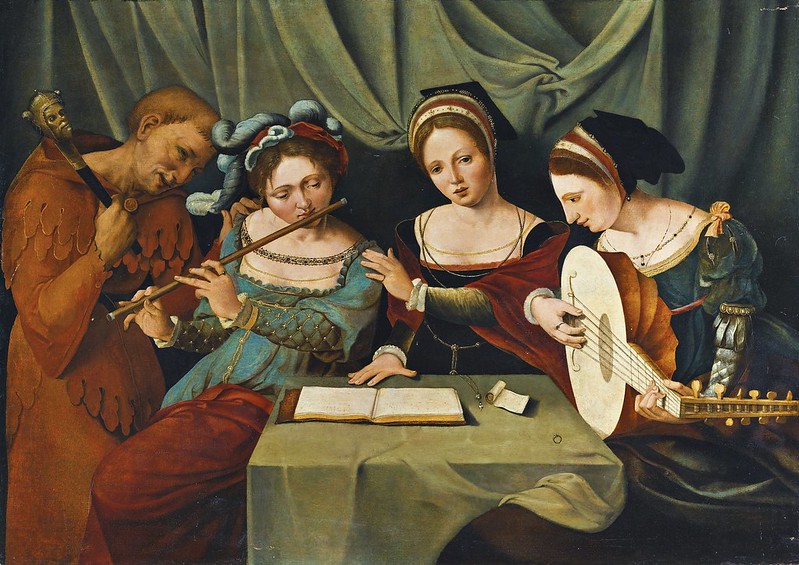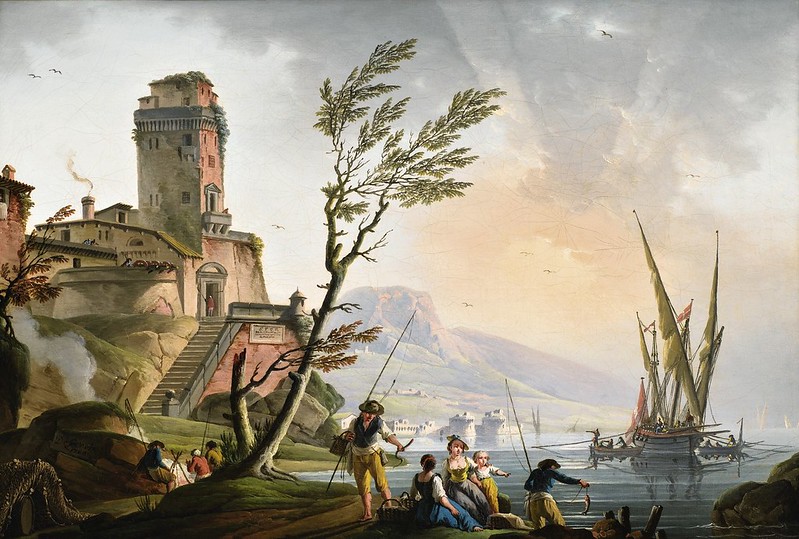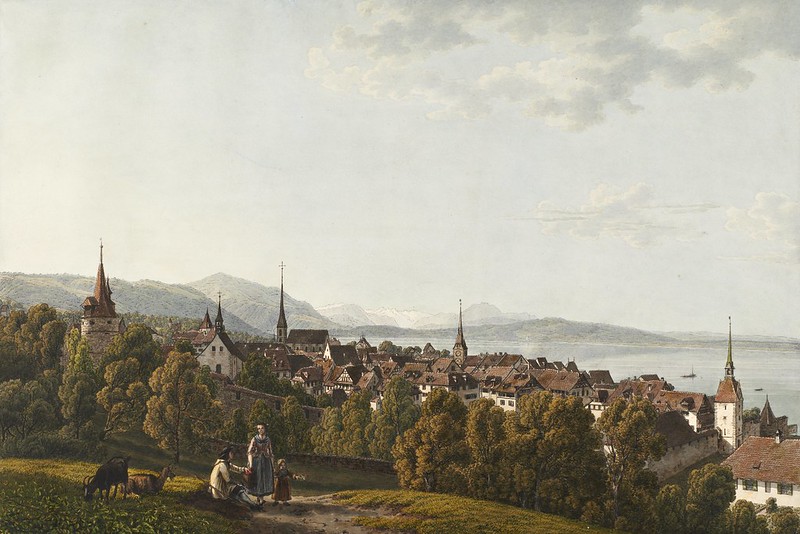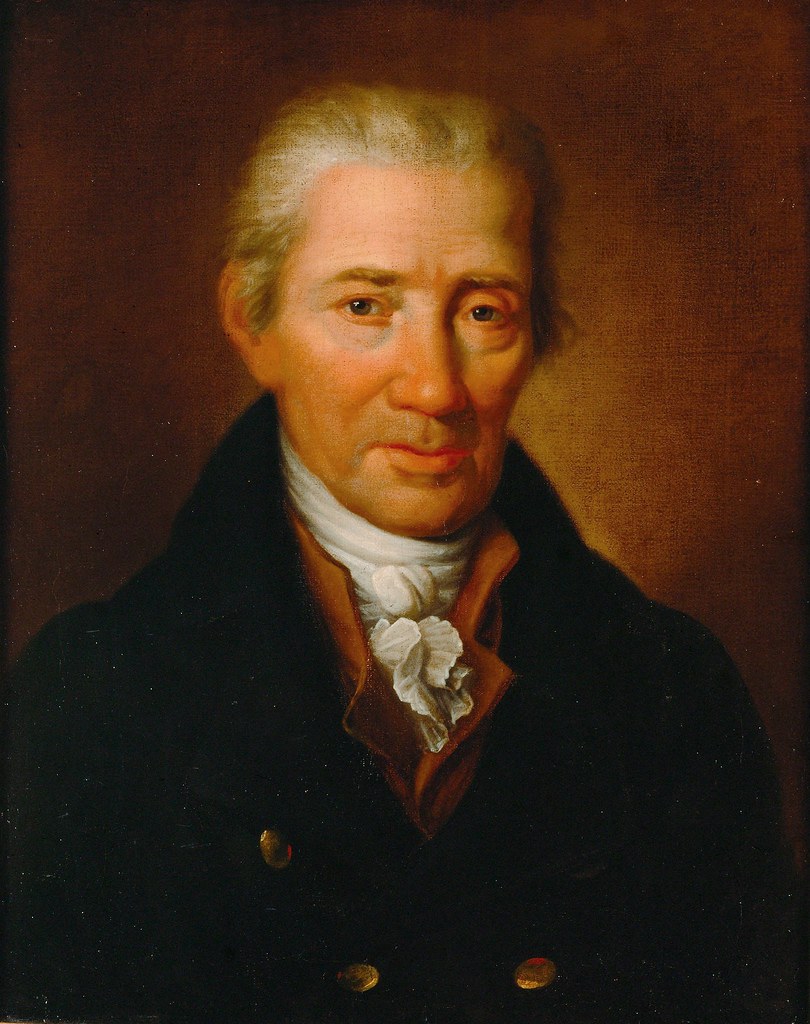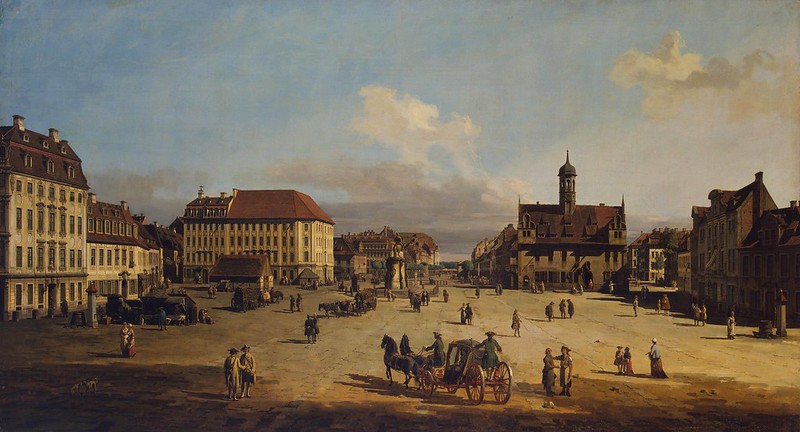Pietro Gnocchi (1689-1775) - Messa in Fa maggiore
Performers: Coro Claudio Monteverdi; Ensemble Pian & Forte; Bruno Gini
Further info: Pietro Gnocchi (1689-1775) - Messa in Re maggiore (1739)
---
Italian composer. Most of the information concerning Gnocchi's life
derives from his contemporary Cristoni. As the second son of a
middle-class family, he became a priest, devoting himself particularly
to the study of music. After the death of his younger brother, he went
to study in Venice. Before returning to Brescia, he travelled
extensively, meeting famous musicians in Vienna and Munich as well as in
Hungary, Bohemia and Saxony. He lived a withdrawn and ascetic life in
Brescia, writing learned books on epigraphy, geography and ancient
history, and earning a wide reputation as a scholar and master of
languages. On 16 June 1723 he was appointed maestro di cappella of
Brescia Cathedral and in 1733 he competed unsuccessfully for the post of
organist there as well. In April 1762 he reapplied for the position and
was successful, holding both jobs until his death. From about 1745 to
1750 he also worked at the Orfanelle della Pietà in Brescia. According
to Cristoni, Prince Faustino Lechi of Brescia travelled to Bologna as a
young man to study with Padre Martini, who expressed surprise that the
prince had undertaken such a journey when Brescia possessed ‘un celebre
Professore di Musica’ in the person of Gnocchi. Prince Lechi accepted
Martini's advice and became Gnocchi's student, friend and patron. The
Lechi family purchased Gnocchi's 25-volume history of ancient Greek
colonies in the east, and possessed his treatise on Brescian memorial
tablets as well as many of his compositions. Gnocchi wrote a great
quantity of music, almost entirely sacred, which remains in manuscript.
He planned to publish his 12-volume Salmi brevi, but no more was printed
than the title-page and dedication. His interest in geography is
reflected in some of the titles of his works: for example, Magnificat
settings for six voices entitled ‘Il capo di buona speranza’ and ‘Il rio
de la plata’, and masses for four voices ‘Europe’, ‘Asia’, ‘Africa’ and
‘America’. In style, Gnocchi favoured the Venetian technique of
alternating choirs, treating them in a homophonic rather than imitative
style: according to Guerrini, his compositions lack the animation of his
Venetian contemporaries Benedetto Marcello and Lotti; the masses for
eight-part double chorus are considered his best works.








